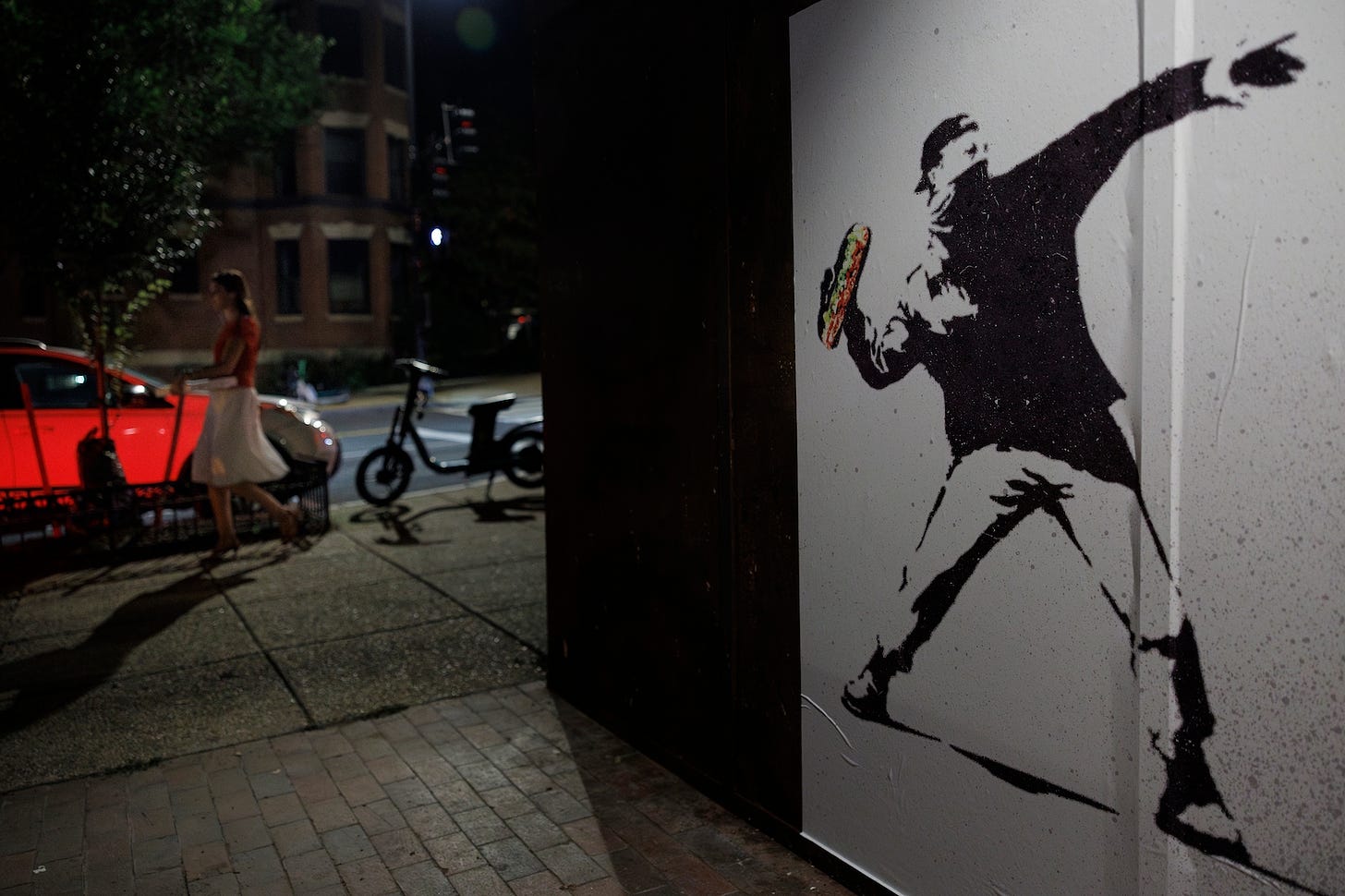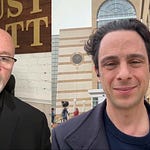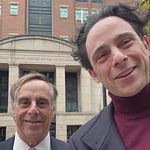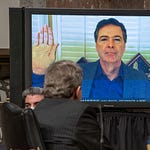Grand juries are an important restraint on abuses of government power.
Support journalism that demystifies how checks, balances, and systems of accountability operate.
For hurling a hoagie at a Border Patrol agent earlier this month, then-Justice Department paralegal Sean Dunn became an internet celebrity, lost his job, and turned into a symbol of defiance against federal law enforcement in Washington, D.C.
On Tuesday, a federal grand jury chucked Dunn’s case, refusing to return an indictment at this time.
In a Substack Live, Andrew Weissmann draws upon his decades of experience in the Justice Department to unpack what it means that prosecutors were unable to persuade a grand jury to return a “true bill.”
“I've never ever even heard of a no-true-bill when I was trying cases and presenting cases in the grand jury,” Weissmann said.
In order to secure an indictment, prosecutors bear a burden of showing probable cause, not proof beyond a reasonable doubt. Depending on the size of the grand jury panel, roughly half need to choose to indict, rather than unanimity. There’s no defense attorney in the room to rebuff the prosecution’s arguments, and the prosecutors make themselves available to guide grand jurors through the evidence.
“There's no legal obligation to present exculpatory evidence,” Weissmann noted.
That’s why grand jury refusals are vanishingly rare, leading to the expression that a prosecutor could indict a ham sandwich. For a roughly one-year period between 2009 and 2010, grand juries refused to indict only 11 of the more than 160,000 cases brought by prosecutors, the Washington Post reported.
U.S. Attorney Jeanine Pirro’s office, however, has failed to secure indictments in two cases in recent days. In the case of Sydney Reid, the government failed to return an indictment three times. In both cases, prosecutors had video evidence in incidents of alleged assaults on law enforcement where the officers’ injuries were minimal or nonexistent. The statute, however, makes little distinction.

Since Dunn has become something of a D.C. folk hero, inspiring Banksy-style street art, some have interpreted his being cleared as “grand jury nullification,” but Weissmann pushed back on that interpretation.
“Grand jurors, like trial jurors, take an oath,” Weissmann noted. “They raise their right hand. I've been on a jury, a civil jury. I'm sure many people who are listening have been on juries, and you take an oath to obey the law and to follow the law as stated.”
In the full video, Weissmann and I dissect what these embarrassing defeats for the Justice Department mean and what they say in a Trump administration that has pardoned hundreds of Jan. 6 rioters who assaulted law enforcement. It’s important to note that Dunn’s case is not over, as prosecutors have the option to try again to secure an indictment within a 30-day window. Dunn’s preliminary hearing is scheduled for Sept. 4.















